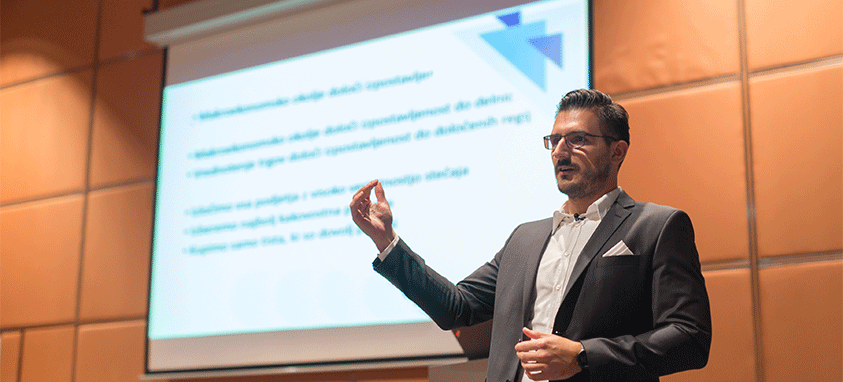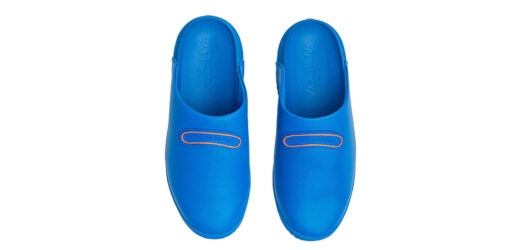How planners can boost their role
The role of meeting planner in many organizations has grown in scope in recent years. The one area where many planners still aren’t fully utilized, however, is meeting content.
“At the core of every business meeting is this question: How do we get the best sessions and presenters for this audience,” says John Nawn, founder of The Perfect Meeting Inc. and consultant to senior management in organizations looking to optimize learning at their events. “It’s a multi-step process, and too many planners are brought into the process somewhere in the middle or even later.”
Nawn, a former director of education for PCMA, says planners are still held at least partly responsible for quality of programming, “So, planners need to be proactive and take more of a participatory role in what’s being presented within the formal and informal educational sessions. In short, they should act like a meeting designer,” he says.
Building a Blueprint
In fact, Nawn has a blueprint to help planners play a role in effective meeting design.
1. Job Analysis: The blueprint starts with asking management whether there’s been a job analysis conducted of the meeting’s audience. “A job analysis is created from interviews of the target employees, their managers and perhaps their customers,” Nawn says. “It’s a 360-degree data-gathering process to determine the audience’s job tasks and core skills.” Useful templates can be found online for most job types, from sales, operations and IT to accounting and meeting planning. As a result, planners can easily access a relevant template and recommend its use if management doesn’t yet have a job analysis completed for the target audience.
2. Competency Model: A competency model is a collection of knowledge, skills, abilities or attitudes that determine successful performance for a particular job. A job analysis allows management to create a list of skills, which then guides meeting designers in building an educational curriculum that matches the model’s elements.
3. Call for Presentations: What’s more, the competency model also sharpens the subsequent call for presentations so that meeting designers and potential presenters don’t waste time. “Most calls are too broadly defined, so meeting designers don’t get exactly what they want,” Nawn says. A clearly defined idea of your goals and objectives not only helps potential presenters pitch more relevant session ideas: It also helps planners and management assess whether each submitted idea is sufficiently important to become part of the meeting agenda. It helps assess whether professional speakers who respond will customize their presentation sufficiently for the specific audience.
Nurturing Untested Experts
Nawn suggests casting a wider net for knowledgeable people who aren’t necessarily polished presenters. “Unless it’s an emerging subject or issue, peers generally provide more specific and useful information than professional speakers do,” he says. “But they might have to be coached or otherwise guided in order to create and deliver an effective session.”
To prepare inexperienced presenters, Nawn asks them the following questions: What is your overarching message? What are your strengths and weaknesses in being able to deliver that message? How do you think we can tell this story in the best way for the audience?
“Meeting owners in upper management tend to use the shorter TED Talks as a benchmark—but those are so highly curated and they spend a lot of time getting those just right,” Nawn says. “Many attempts at simply creating shorter presentations don’t work because presenters don’t have the competency to hit the mark in 15 minutes.”
Instead, a planner could hire a professional moderator to work one day of an event, when the less-experienced presenters on the program are scheduled. The moderator can lead each presenter in a one-on-one conversation in order to draw out the relevant information and lessons in a way that’s most engaging for the audience. “The presenters will focus more on conversing with the moderator, and won’t be preoccupied with shouldering the entire performance themselves,” Nawn says.
Alternatively, to refine a presentation (and its presenter) in the weeks ahead of the meeting, that presenter could conduct a webinar and lead a follow-up chat forum to understand attendee needs and expectations for the topic. And after the session happens at the in-person event, the presenter can be made available for audience interaction at a dedicated area in the prefunction space, a breakout room or a show booth.
What’s more, an opt-in conference call for attendees one week after the event can deepen and refine attendee learning, while another such call 60 days out can keep the conversation moving forward by seeing how attendees are applying their new knowledge. “Learning should not stop after the in-person event, and these outlets make learning continuous,” Nawn says. “They also inform the meeting owners on how to approach version 2.0 of that topic at the next event.”
Meeting Evaluations
To measure the true business benefit of all this content creation and speaker preparation, meeting owners must make a point of evaluating event sessions properly. In next month’s column, we’ll cover the various ways planners can query attendees on their retention of event content, their opinion on its importance to their work and specifically how they’re using what they learned for tangible business benefit.
Rob Carey is a business journalist and principal of Meetings & Hospitality Insight, a content marketing firm for the group-business market.





